3. A new gate could "cannibalize" another
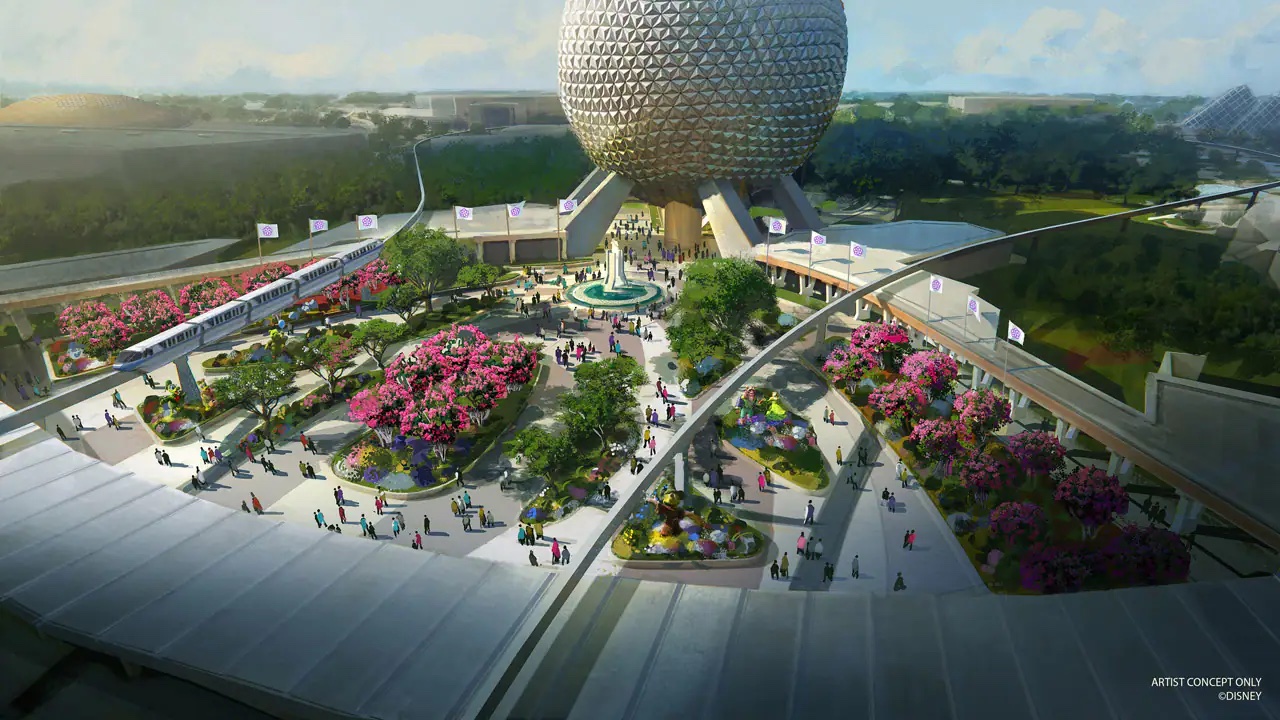
Just because a single theme park draws 1 million guests doesn't mean that adding a second park will bring 2 million, much less than a third will total out to 3 million, etc. If Walt Disney World had 100 theme parks, chances are that each would be very, very lightly attended. At some point, lots of variables (not the least of which being the "base" of how many guests can afford your parks and want to visit them) will see attendance plateau no matter how many offerings you've got.
This isn't unprecedented. Attendance at EPCOT dipped significantly in the years after the Disney-MGM Studios' opening, and attendance at both of those parks fell when Animal Kingdom opened. That's why metrics like length-of-stay matter, and why factors like ticket upgrades and revenue-generating programs pad the bottom line. But ultimately, the worst thing that can happen is "cannibalization." In effect, that your new park merely "eats away" at attendance elsewhere.
Actually, Disney and Universal go to great lengths to ensure that this doesn't happen. In small ways, you can see it in incentivizing multi-day tickets with "longer you stay, less you pay per day" deals to the Park Reservation system that artificially forced an attendance spread among parks. You can also see it in the development cycles that equip each park with a "must-see" attraction, ensuring it's easier to add a day than to pick a park to skip.
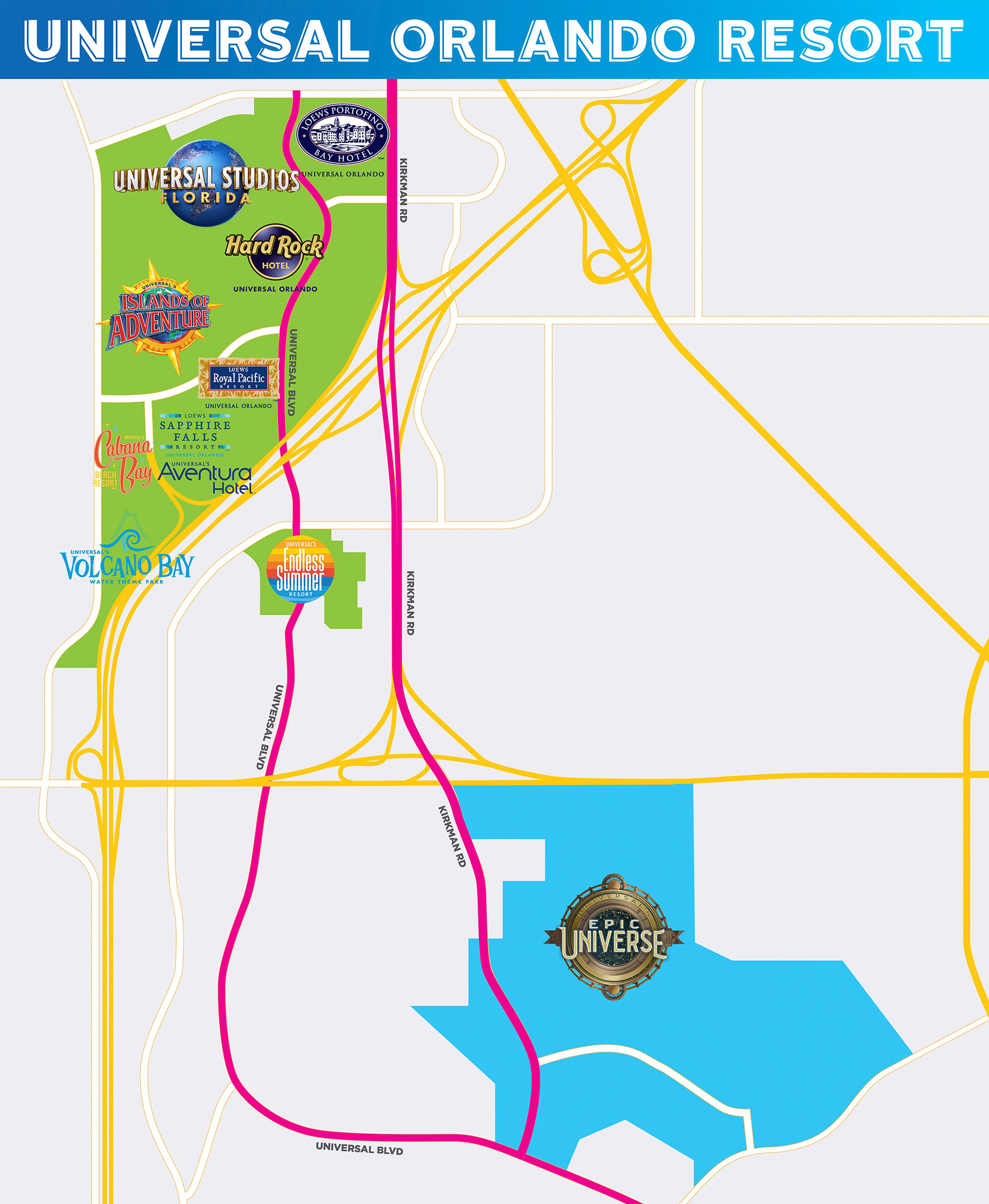
Those factors help mitigate one park gobbling up the rest, but if your offerings are too many, it's inevitable. We mentioned the very possible (but hopefully, unlikely) scenario that when Universal Orlando opens its third theme park, instead of seeing attendance and length-of-stay increase, they find that guests actually just replace at day at Universal Studios Florida with a day at Epic Universe.
Obviously, that would be a massive disappointment, suggesting that Universal Orlando was actually "right-sized" with two theme parks, and that a billion-dollar third gate merely redistributed the guests they were already drawing, amounting to huge financial losses and a strategic error. (To "correct" that will require years of expansion and rebalancing.)
If Disney is under the impression that its Florida resort is "mature" and right-sized, then adding a fifth park would be a very dumb financial and strategic move.
4. Disneyland has more immediate growth potential
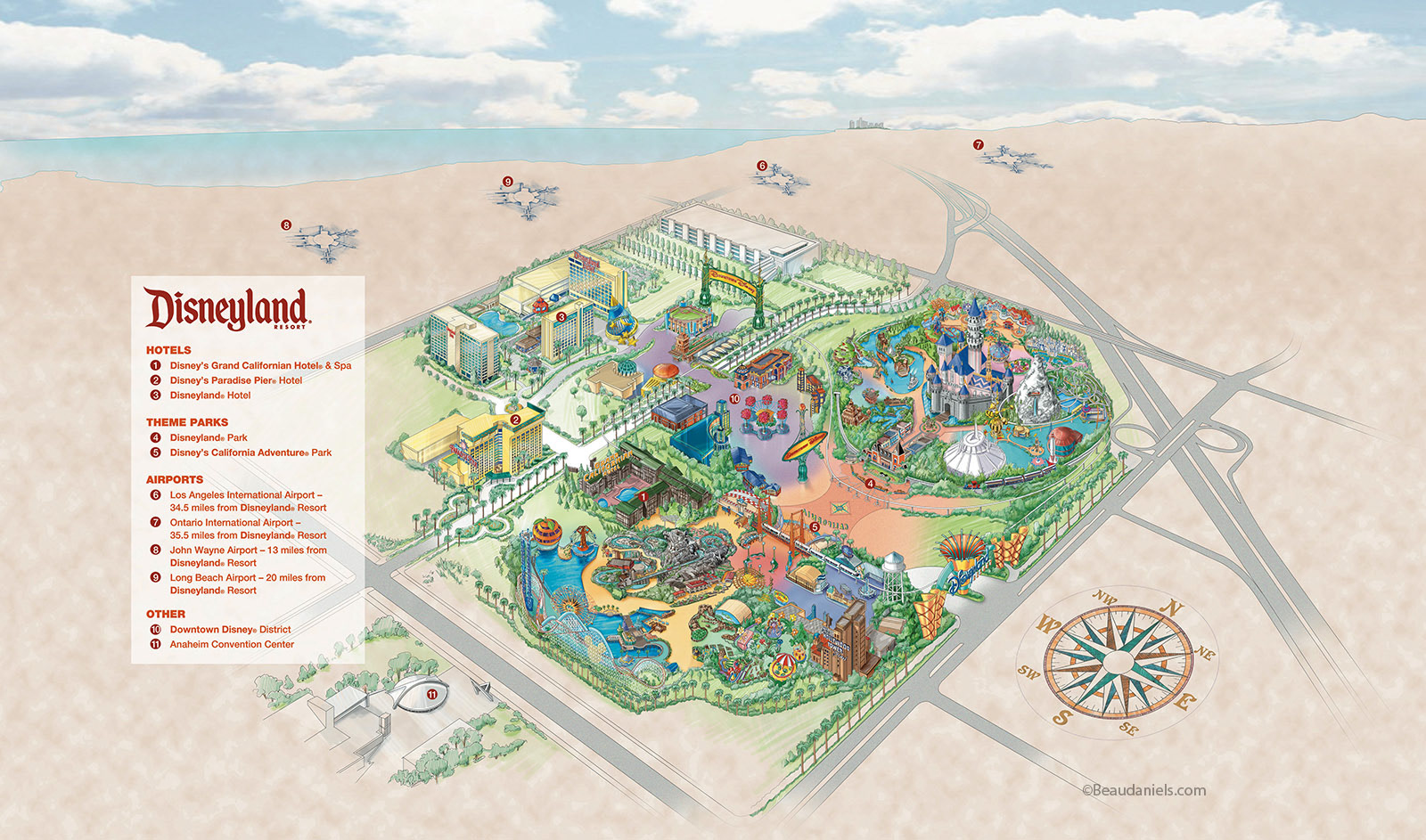
It's popular to imagine that Disneyland Resort is a teeny tiny little blip on the Disney Parks scale, or that Walt's original park is still part of the conversation based only on a sense of duty or nostalgia. Disneyland is sometimes called "the world's most popular regional theme park," given that so much of its attendance (and appeal) lies in its "local and vocal" audience, its Southern-Californian roots, and its generations-long role in the region – so much so that pre-pandemic, Annual Passholders reportedly made up for more than half of the park's visitors on any given day.
But zooming out, we should acknowledge that Disneyland is an absolute behemoth. AECOM's 2021 theme park attendance approximations suggest that after years on the rise, Walt's original little Disneyland has firmly beat out even Tokyo Disneyland (which resides in one of the largest cities on Earth) to become the number two most-attended theme park on Earth (second only to its little sister, the permanently-first Magic Kingdom). Though it's taken a while for Disney California Adventure to carry its own weight, Disneyland's second gate now hosts more visitors each year than Disneyland Paris and is nearly as "built-out" as it's likely to become.
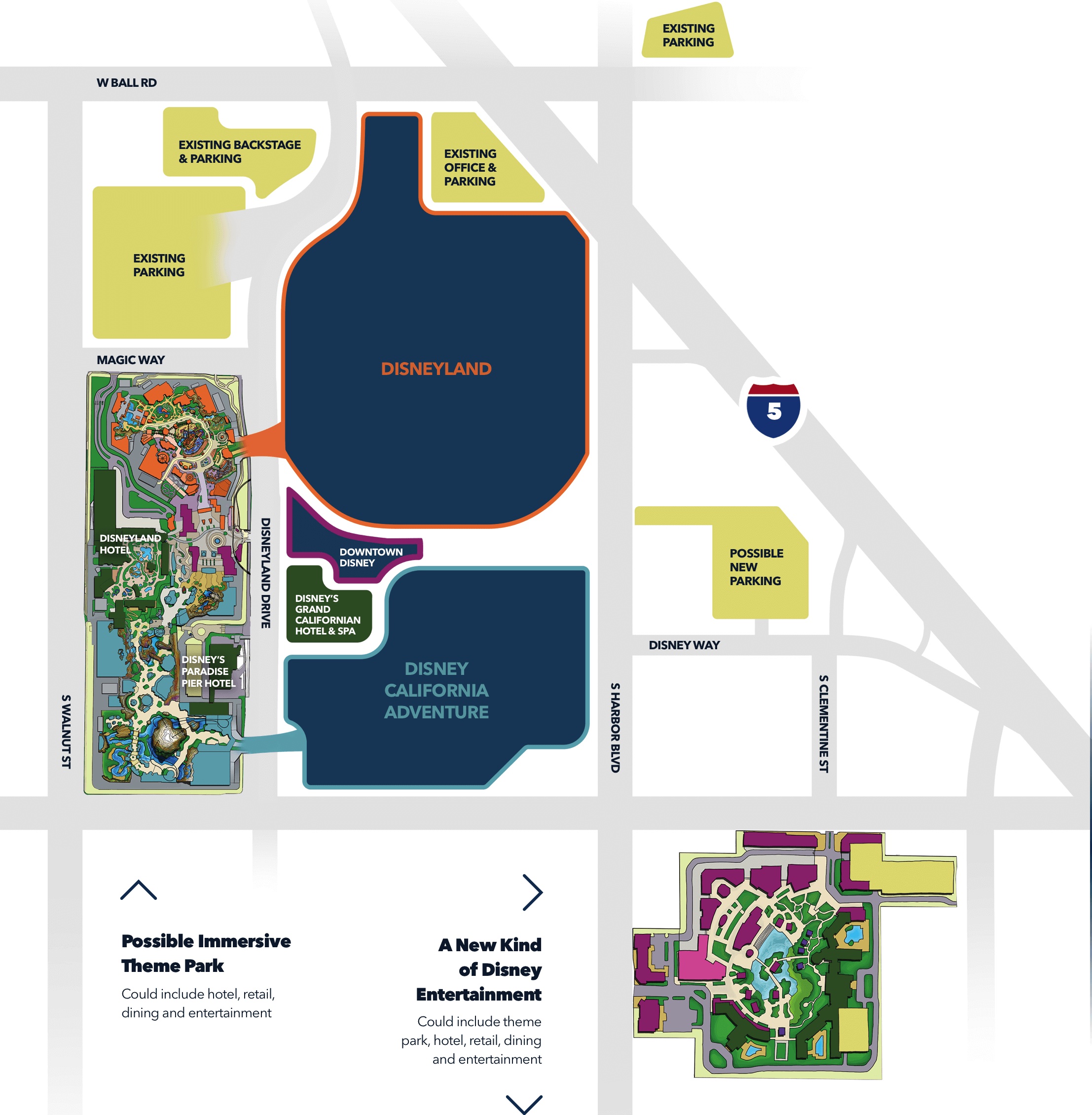
Before the pandemic, it seemed that Disneyland could announce a third park any day (and indeed, in retrospect, Galaxy's Edge and Avengers Campus would've been a great foundation for one, and in the opposite of Disney World's problem, probably should've broken away from the the already-full parks they were shoehorned into). Frankly, all that's kept Disneyland from expanding is space and politics. Though a likely site for a third gate has long been identified (via a blacktop parking lot a few blocks from the existing parks), such large scale construction in Southern California requires Disney, the City of Anaheim, the State of California, and lots and lots of neighbors to be willing to participate.
Even post-pandemic, Disney launched the "DisneylandForward" initiative – essentially, a positive pressure campaign meant to convince local authorities to revise zoning restrictions within Disney's property. Disney's lightly-sketched example of what they could do if provided the rezoning they seek (above) makes it clear that among Disney's U.S.-based resorts, Disneyland has the most growth potential.
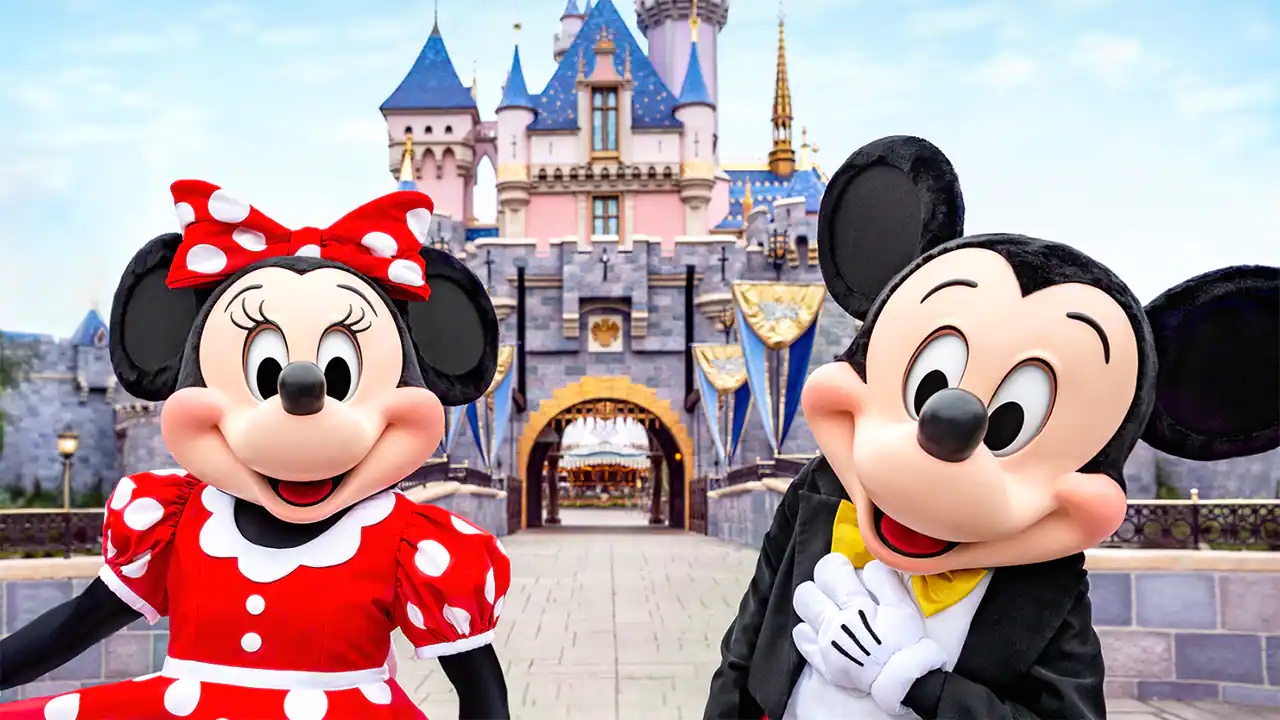
Obviously, the Anaheim resort will never approach rivaling its younger sister in size, but it's clear that Disneyland is far more than just a nostalgic left-behind that Disney operates out of goodwill. It's got incredible potential and is on a long-term growth trajectory based on the supposition that it is not "mature" quite yet...
And that's not the only place Disney sees potential...
5. There are new markets to explore
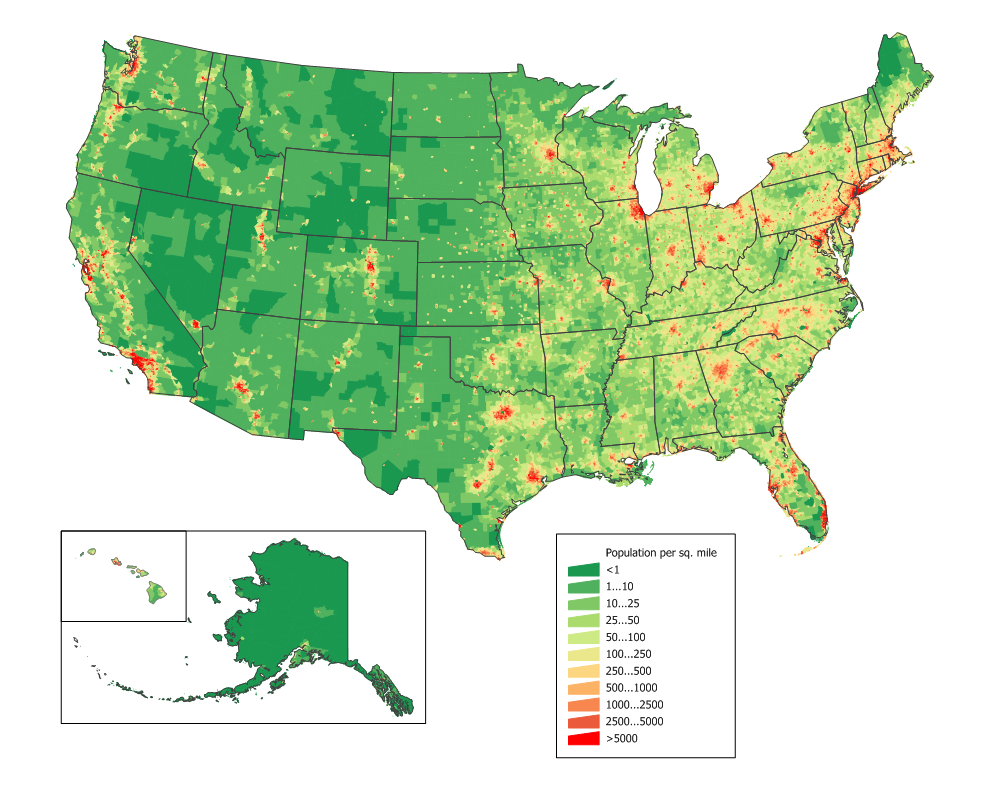
331 million people live in the United States. 80% of them are concentrated east of the Mississippi River. That gives Walt Disney World in particular a massive potential domestic audience, not to mention the tens of millions of people outside of the United States that bypass closer resorts and instead count the "Vacation Kingdom of the World" among their must-visit global destinations. Still, 331 million people "sharing" six Disney Parks amounts to 1 park for every 55 million people.
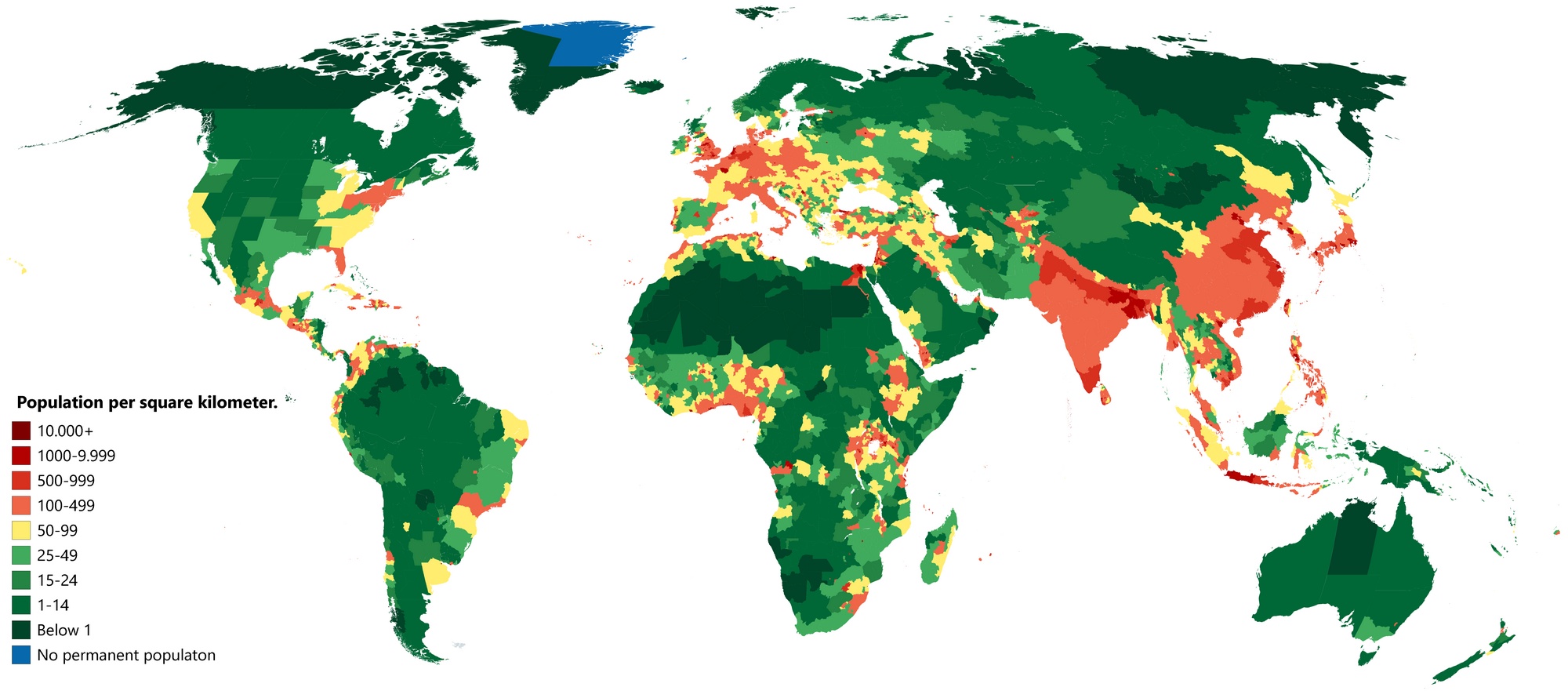
Of course, putting that number into a new perspective is the population of China – 1.4 billion, or roughly four times that of the United States. The city of Shanghai alone is home to 26 million residents – three times as many as the USA's largest city, New York, and more than the 22 million-person population of the entire state of Florida. Alongside a whole lot of downsides, Shanghai offered Disney substantial real estate, efficient mass transit, and a massive population...
But it's not just the size of China's population; it's that the country's rapidly-developing Middle Class and the unusually-permissive government's allowance of Disney films has blown the cork out of an untapped market for Parks, Experiences, and Products. Though hampered with political strife, censorship, and humanitarian issues, it's really no surprise that Disney has waded into the waters of China where literally billions of people are newly-accessible to their "synergy machine."
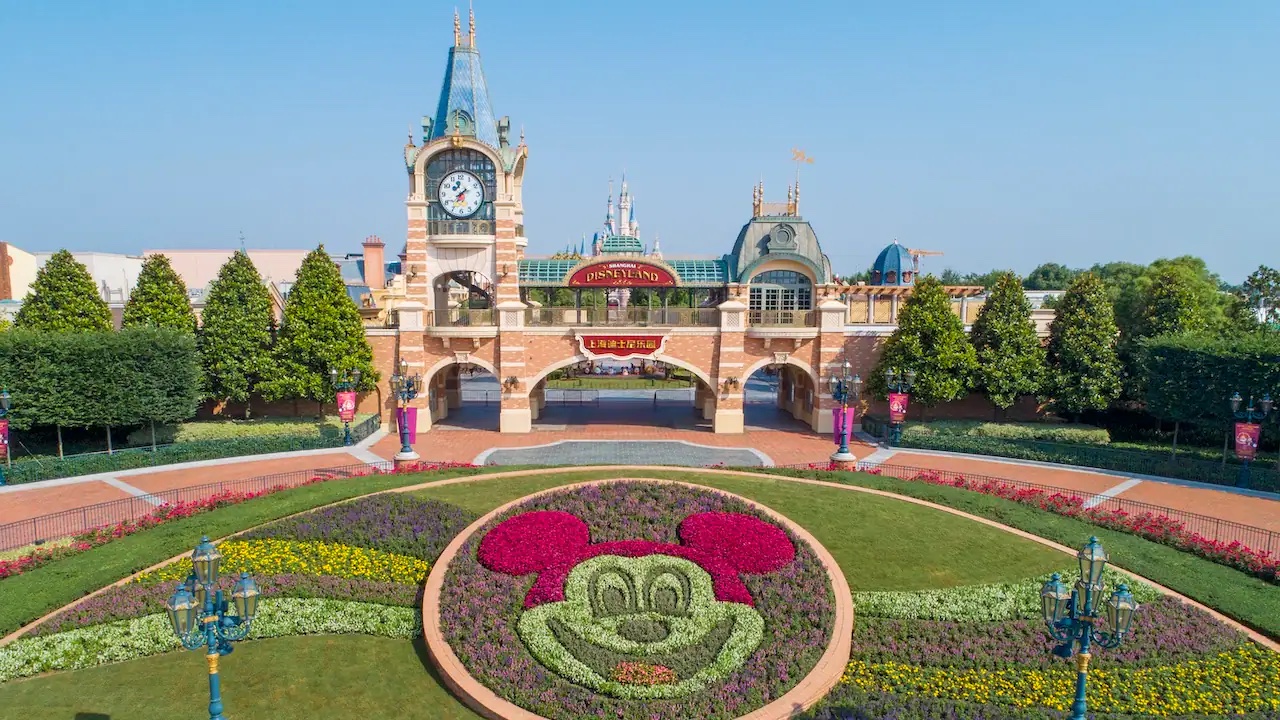
So in a global economy (and as an international media conglomerate), you have to imagine that more than ever, Disney's sights are set beyond the United States. If, indeed, Disney World is "mature," and if its existing parks need investment, and if people are going to come to Disney World anyway, than it would be quite silly to build a fifth gate in Florida, or in Texas, or in Chicago.
For better or worse, Disney Parks, Experiences, and Products will continue to experiment with ways to connect with hitherto-untouched audiences in places like China. Talk about bang for your buck. Americans already claim six of the twelve Disney Parks on Earth... but chances are that their 50% share will slowly decline over the next half-century as new Disneylands meet new markets that a fifth park in Florida could never approach.

Add new comment